MegaETH, Hyperliquid, and Monad each have their advantages; who will stand out in speed, decentralization, and focus?
Written by: threesigmaxyz, a blockchain engineering and auditing company
Translated by: zhouzhou, BlockBeats
Editor’s Note: This article provides an in-depth analysis of the characteristics and competitive advantages of the three major blockchain platforms: MegaETH, Hyperliquid, and Monad, exploring their performance in low latency, high throughput, and decentralization. Each platform demonstrates unique value in specific application scenarios, offering different choices for developers and enterprises. As blockchain technology continues to evolve, these platforms are driving industry innovation and may lead to further breakthroughs through cross-ecosystem integration in the future.
The following is the original content (reorganized for readability):
The next big show in blockchain has begun—MegaETH, Hyperliquid, or Monad?
In the rapidly evolving blockchain space, instant transactions are shifting from a luxury to a necessity. With decentralized finance applications, payments, gaming, and high-frequency trading continuously challenging the capabilities of traditional blockchains, the demand for real-time performance has never been more urgent. In this race, MegaETH, Monad, and Hyperliquid are vying for dominance in redefining transaction speed and scalability.
As mentioned in our previous article, MegaETH is an emerging Layer 2 solution that has garnered widespread attention for its real-time performance, boasting near-instant block times and high transaction throughput.
However, Hyperliquid and Monad also present strong competition with their unique blockchain performance optimization approaches. This article will delve into the advantages, architectures, and trade-offs of these solutions to understand who can take the lead in the race for instant blockchain transactions.

Overview of MegaETH
MegaETH Labs is a Layer 2 scaling solution designed specifically for Ethereum. What sets MegaETH apart is its focus on real-time blockchain performance, providing ultra-low latency and high scalability support for applications that require instant responsiveness.
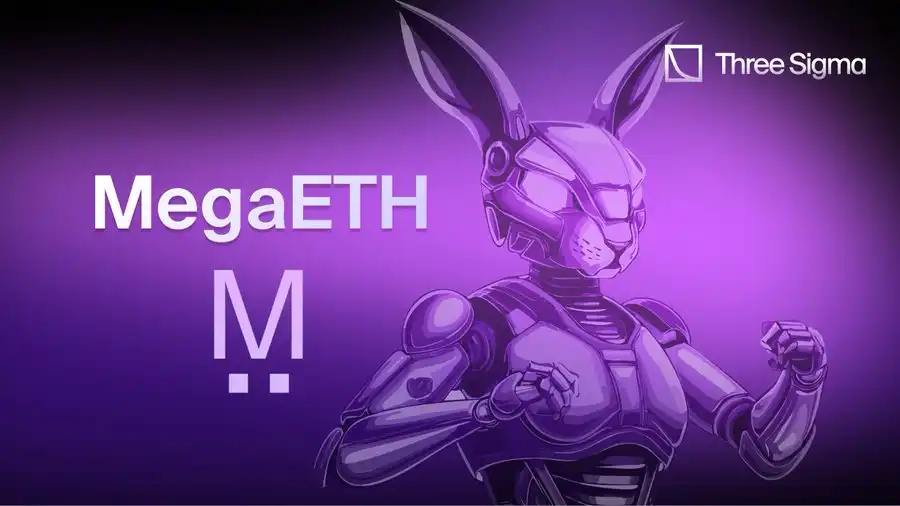
Latency and Speed: MegaETH's block time ranges from 1 to 10 milliseconds, capable of processing up to 100,000 transactions per second (TPS).
Dedicated Nodes: Utilizing a sorter-centric model, nodes are divided into sorters, provers, and full nodes, optimizing the execution process and reducing redundancy.
Integration of EigenDA: Leveraging EigenDA for data availability, achieving scalability while ensuring reliability and performance.
Advantages
MegaETH's architecture is designed for speed and efficiency, standing out in the competitive Layer 2 space:
Low Latency: Its near-instant transaction processing capability is ideal for high-frequency trading, gaming, and payment systems.
High Scalability: Millisecond-level block processing avoids congestion issues common in other L2 solutions during peak times.
EVM Compatibility: Fully compatible with the Ethereum ecosystem, allowing seamless integration of existing dApps while ensuring security.
Despite MegaETH's focus on real-time performance, it faces fierce competition from Hyperliquid and Monad. These two platforms adopt distinctly different strategies in optimizing blockchain transactions.
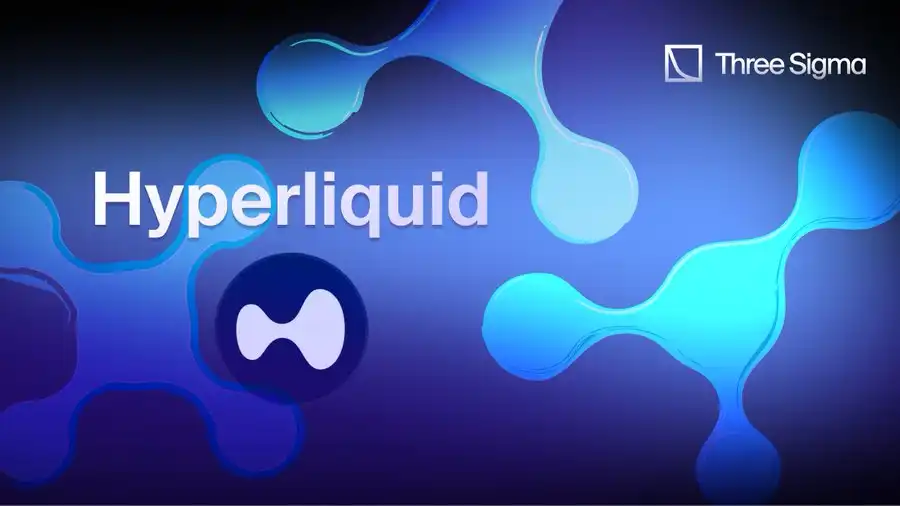
Overview of Hyperliquid
HyperliquidX is a fully on-chain perpetual contract trading protocol, running on its self-developed Layer 1 blockchain, optimized for low latency and high throughput. By integrating spot, derivatives, and pre-listing markets, Hyperliquid introduces the high-performance consensus mechanism HyperBFT and plans to launch HyperEVM to efficiently aggregate liquidity and expand its ecosystem.
Hyperliquid aims to redefine the trading experience through high-speed decentralized market infrastructure, making it highly attractive to financial institutions and high-volume traders. Its unique combination of spot and perpetual markets enables seamless liquidity aggregation and rapid settlement.
Technical Advantages:
Hyperliquid's tech stack encompasses a broader range of financial primitives, such as lending, governance, and native stablecoins.
Based on the HyperBFT consensus mechanism, it achieves a block time of 0.2 seconds while maintaining a unified state across all components, ensuring performance, liquidity, and programmability.
With over 262,000 users and processing 200,000 transactions per second, it establishes its leading position in decentralized market infrastructure.
To further expand its influence, Hyperliquid offers Builder Codes, allowing other dApps and centralized exchanges (CEX) to seamlessly integrate its liquidity by paying fees per transaction. Builder Codes not only extend Hyperliquid's reach but also incentivize external platforms to leverage its high-performance trading infrastructure, enhancing liquidity and expanding network effects.
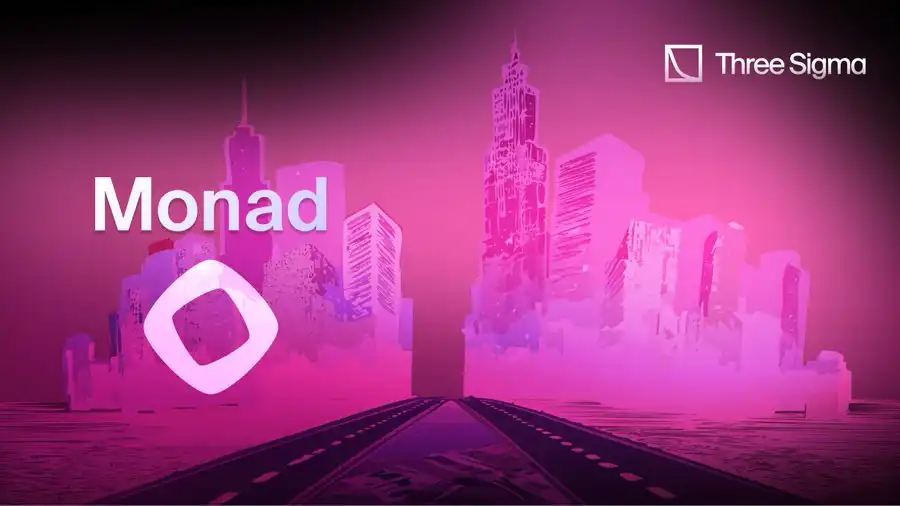
Overview of Monad
Monad XYZ has redesigned the EVM architecture, achieving unprecedented throughput through parallel execution. By addressing the limitations of Ethereum's sequential transaction processing, Monad enhances efficiency and scalability.
Monad aims to provide cutting-edge blockchain performance while maintaining decentralization, setting a new standard for Layer 1 scalability. Its architecture supports parallel transaction processing across multiple EVM instances, seamlessly integrating with existing user and developer workflows. Monad maintains full compatibility with Ethereum bytecode while enhancing performance through advanced internal optimizations without altering the developer experience.
Technical Highlights:
Pipeline Optimization: Optimizes transaction execution, consensus processes, and state synchronization to maximize hardware efficiency and reduce latency.
MonadBFT Consensus Mechanism: A custom consensus mechanism based on HotStuff, supporting a decentralized validator set for rapid block finality.
MonadDB: A database designed for Ethereum state access, combined with optimistic parallel execution to achieve high throughput with minimal overhead.
Separation of Consensus and Execution: Enhances scalability, supporting the development of high-performance and low-latency applications.
Monad provides enterprise-level application support, equipping developers with tools to create high-throughput and Ethereum-compatible decentralized applications.
Comprehensive Comparison

Evaluating the performance of MegaETH, Hyperliquid, and Monad across key metrics provides a comprehensive understanding of their unique advantages and trade-offs. This comparison focuses on the following metrics: latency, throughput (TPS), EVM compatibility, application scenarios, time to finality (TTF), and decentralization trade-offs. These features highlight the fundamental needs for scalable blockchain infrastructure, ensuring practical applications and performance.
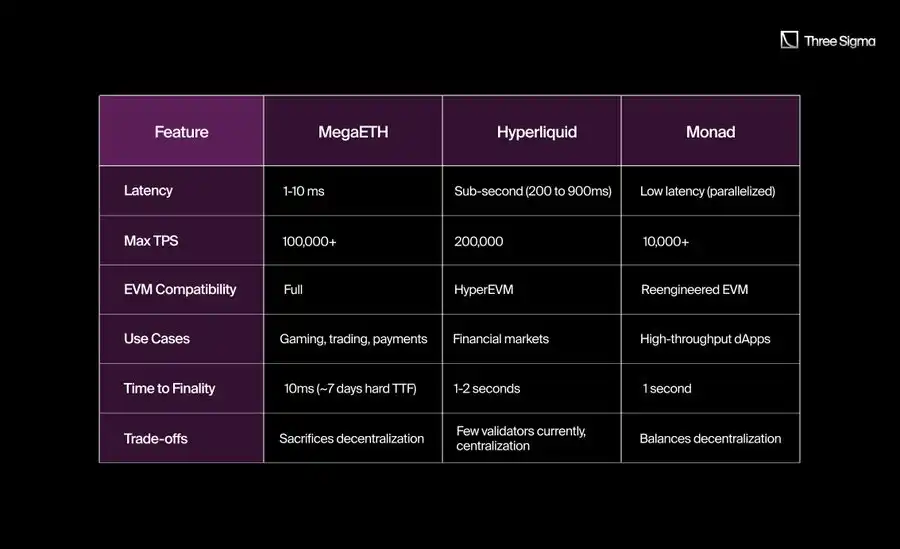
Latency
MegaETH: Excels in Layer 2 transactions with ultra-low latency (1-10 milliseconds), suitable for applications requiring near-instant responsiveness, such as high-frequency trading or competitive gaming.
Hyperliquid: Optimizes sub-second latency, designed for financial markets, providing fast order execution and a seamless trading experience.
Monad: Maintains consistent performance through parallelized low-latency execution, even under heavy network load, supporting a diverse range of decentralized applications (dApps). The team has not yet specified latency times.
Throughput (TPS)
MegaETH: Throughput exceeds 100,000 TPS, focusing on scalability for large-scale applications.
Hyperliquid: Achieves 200,000 TPS with its proprietary HyperBFT consensus mechanism and Layer 1 optimizations.
Monad: Maximum throughput of 10,000 TPS, focusing on balancing high performance and decentralization.
EVM Compatibility
MegaETH: Fully EVM compatible, ensuring seamless migration for developers and existing dApps.
Hyperliquid: Integrates a custom HyperEVM designed for financial markets.
Monad: Redesigned EVM supports high-performance execution while maintaining compatibility with Ethereum tools and standards.
Application Scenarios
MegaETH: Focused on real-time interaction and high scalability, targeting gaming, trading, and payment systems.
Hyperliquid: Concentrates on financial markets, providing robust infrastructure for derivatives, spot trading, and market making.
Monad: Supports a variety of dApps requiring high throughput and low latency, demonstrating broad application adaptability.
Time to Finality (TTF)
MegaETH: Layer 2 transactions are nearly instantaneously confirmed (10 milliseconds), but full settlement on Ethereum Layer 1 takes about 7 days.
Hyperliquid: A TTF of 1-2 seconds strikes a balance between low latency and a robust consensus mechanism.
Monad: Completes transaction confirmation within 1 second, providing a practical combination of speed and security.
Decentralization Trade-offs:
MegaETH: The centralized sequencer design sacrifices some decentralization at the Layer 2 level to achieve real-time performance.
Hyperliquid: Its market-focused architecture prioritizes low latency and high throughput over decentralization.
Monad: Strives to achieve a balance between performance and decentralization through parallel execution and delayed state updates.
Conclusion
MegaETH, Hyperliquid, and Monad each bring unique innovations to the blockchain ecosystem, catering to different needs:
MegaETH: Excelling in latency and TPS, it is suitable for real-time applications, but its centralized sequencer design raises questions about decentralization.
Hyperliquid: Outstanding in the financial market sector, it leads with HyperEVM and liquidity integration, but its versatility in other dApp areas is not as strong as MegaETH.
Monad: Balances decentralization and performance through parallel execution, enhancing TPS and supporting various application scenarios.
Who is Leading?
It depends on the specific use case:
For trading and liquidity needs, Hyperliquid performs strongly due to its focus on the financial sector.
For general dApp scalability, MegaETH takes the lead with its real-time performance and broad application range.
For decentralized high-throughput applications, Monad's parallel EVM is a strong choice for developers prioritizing decentralization.
Key Observations
1. Trade-offs of MegaETH
MegaETH achieves unparalleled speed by sacrificing decentralization, making it very suitable for real-time systems like trading and gaming. Although it relies on Ethereum Layer 1 for settlement (ensuring trust and security), it also bears the drawback of Ethereum's longer time to finality. In contrast, Monad and Hyperliquid achieve faster local finality through their independent consensus mechanisms, prioritizing instant performance but sacrificing Ethereum's shared security guarantees.
2. Focus of Hyperliquid
Hyperliquid excels in the financial market, boasting exceptional speed, liquidity integration, and seamless trading infrastructure. However, its focus on trading limits its versatility in the broader dApp ecosystem, making it less attractive for generalized applications. Additionally, its centralized HyperBFT consensus raises concerns about decentralization and trust, while heavily relying on external liquidity to maintain its performance and ecosystem growth.
3. Balance of Monad
Monad achieves a balance between scalability and decentralization through its parallel execution model, providing developers with high throughput while maintaining EVM compatibility. However, its reliance on high-performance hardware (such as 32 GB RAM and high bandwidth) limits accessibility for smaller operators, potentially leading to network centralization. Its independent Layer 1 consensus mechanism offers autonomy but sacrifices Ethereum's security guarantees, which may deter developers prioritizing trust and shared security.
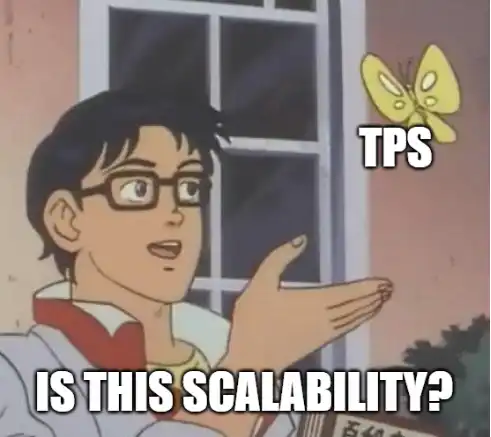
The competition between MegaETH, Hyperliquid, and Monad highlights a key aspect of blockchain development: currently, there is no single solution that can dominate all use cases. Each platform excels in its domain, offering unique value propositions to meet different needs. For developers and enterprises, decision-making often depends on specific application requirements, whether it be unparalleled speed, market liquidity, or decentralized scalability.
These projects also emphasize the importance of continuous innovation in blockchain infrastructure. As adoption rates increase, the industry must find a balance between the scalability trilemma and user expectations for low fees, high performance, and robust security. Integration of solutions across different ecosystems may drive the next wave of blockchain breakthroughs. As blockchain technology evolves, these platforms push the boundaries of possibility, paving the way for faster, scalable, and efficient decentralized systems.
Ultimately, the choice depends on the priorities of developers and users: speed, decentralization, or specialization.
免责声明:本文章仅代表作者个人观点,不代表本平台的立场和观点。本文章仅供信息分享,不构成对任何人的任何投资建议。用户与作者之间的任何争议,与本平台无关。如网页中刊载的文章或图片涉及侵权,请提供相关的权利证明和身份证明发送邮件到support@aicoin.com,本平台相关工作人员将会进行核查。




